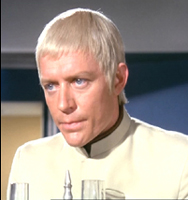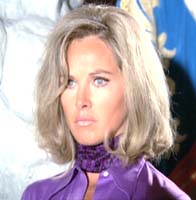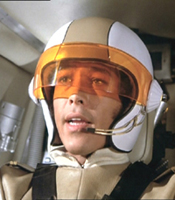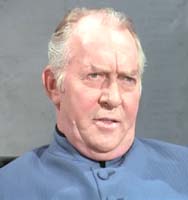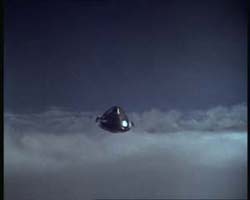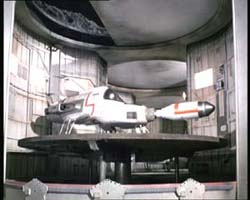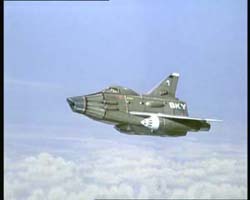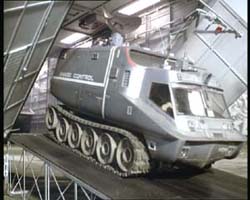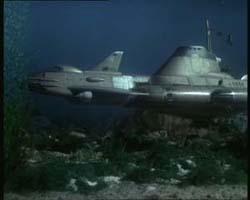 |
Production: GB, 1970. Cast: Ed Bishop, George Sewell, Michael Billington, Gabrielle Drake, Wanda Ventham, Vladek Sheybal, Grant Taylor. First live-action show for british producer Gerry Anderson. Anderson was well known for his “supermarionations”, in which the stars were very well made electronic puppets (best remembered “Thunderbirds” and “Stingray”), and in 1968 he tried a live-action movie for big screen. Title was “Doppelganger” (aka “Journey to the far side of the sun”), but viewers did not appreciate it, due to slow-pace and too complicate story. |
